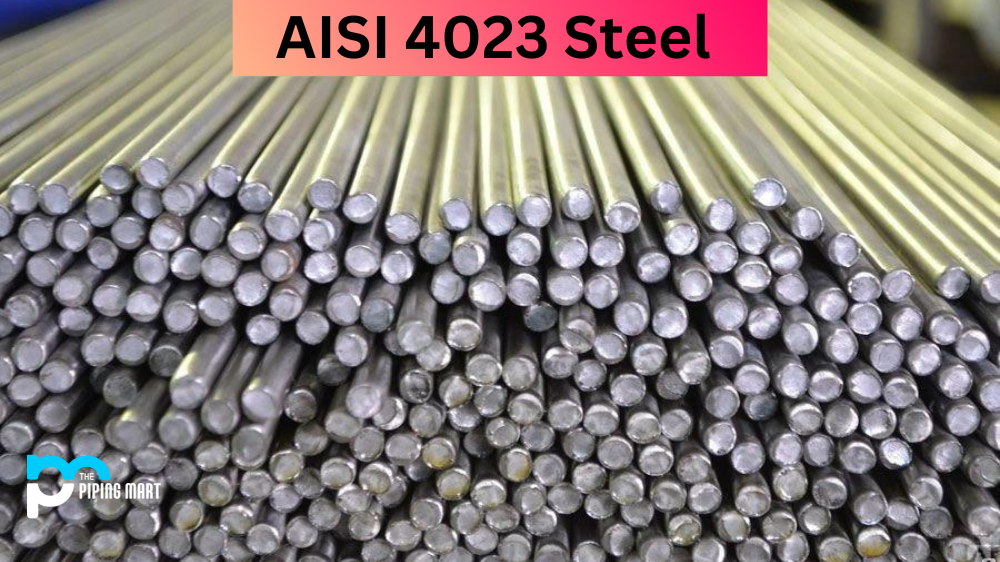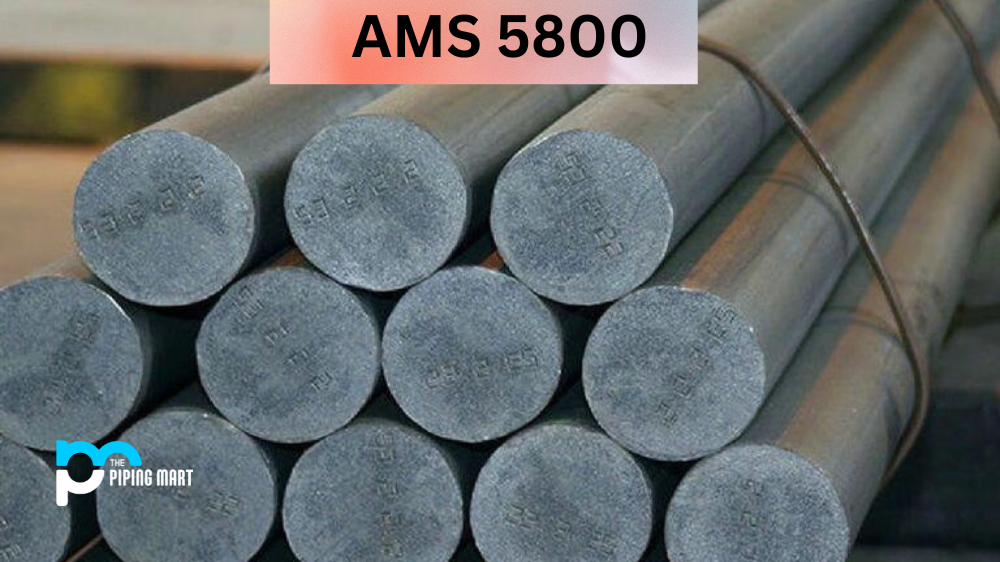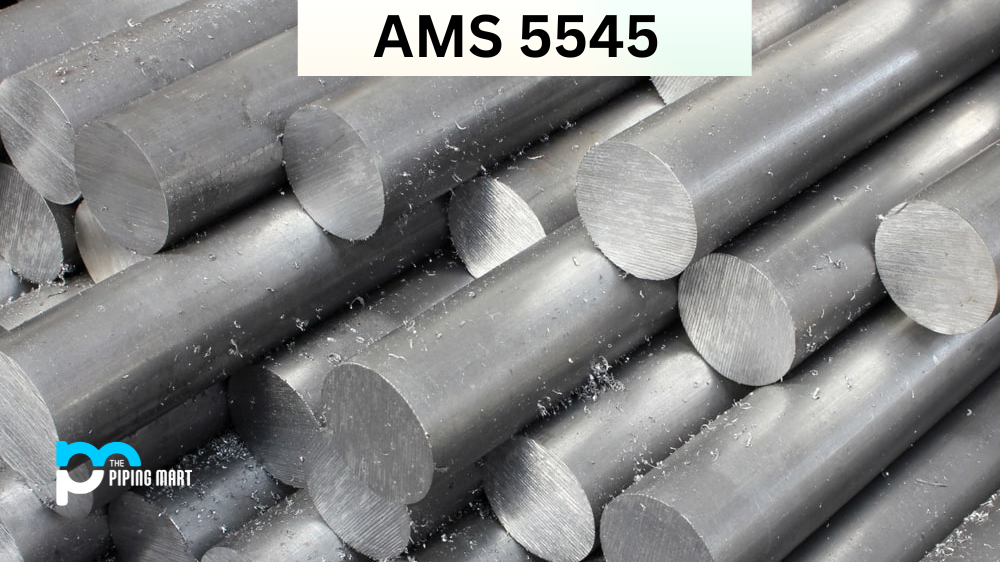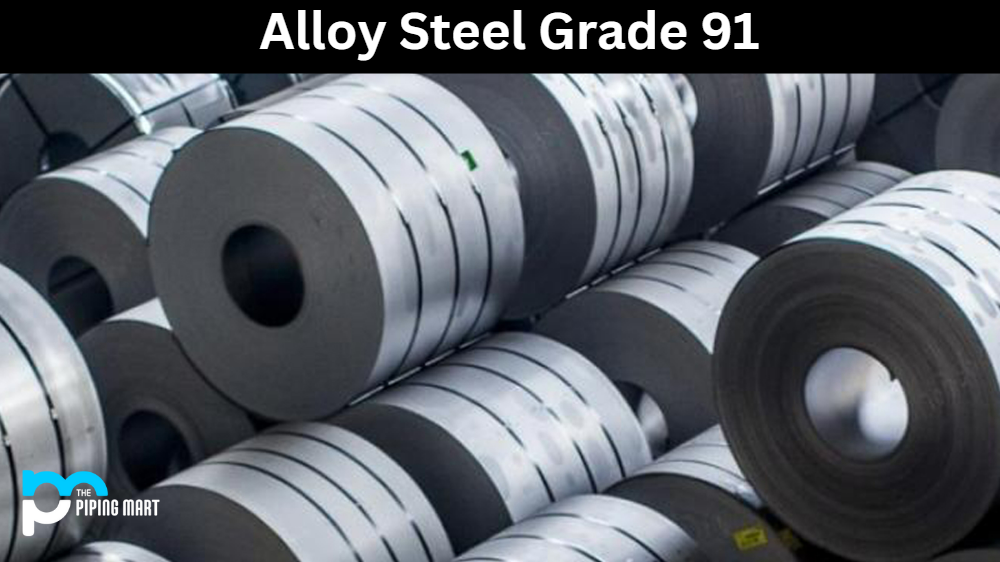AISI 4023 steel, classified as martensitic stainless steel, features 11.5-13% chromium, 0.20-0.25% carbon, and 1-2% molybdenum. Its heat-treatable nature allows for enhanced hardness through heat treatment, making it ideal for metalworking applications. Recognized as SAE-AISI 4023 steel and UNS G40230, it’s a popular alloy celebrated for its strength, corrosion resistance, and hardness. Comprising carbon, manganese, silicon, sulfur, phosphorous, and chromium, it proves versatile in aerospace, automotive, and oil and gas industries due to its remarkable toughness. AISI 4023 Alloy Steel is an essential choice for manufacturers and engineers aiming to deliver high-quality products enduring challenging conditions.
What Forms of AISI 4023 is Available at Piping Mart?
- Nut
- Bar
- Bolt
- Pipe
- Screw
- Tubing
- Valves
- Washers
- Flanges
- Fasteners
- Electrodes
- Stud Bolts
- Sheet Plates
- Pipe Fittings
- Forged Fitting
- Instrumentation Fittings
AISI 4023 Chemical Composition
AISI 4023 steel boasts a chemical composition comprising 11.5-13% chromium, 0.20-0.25% carbon, and 0.20-0.3.0% molybdenum. This martensitic stainless steel, recognized as SAE-AISI 4023 and UNS G40230, is heat-treatable, allowing for heightened hardness. Additionally, its composition includes Carbon, Manganese, Silicon, Sulfur, Phosphorous, and Chromium. Contributing to its versatile and excellent properties.
| Element | Content (%) |
|---|---|
| Iron, Fe | ~ 98 |
| Manganese, Mn | 0.70-0.90 |
| Carbon, C | 0.20-0.25 |
| Molybdenum, Mo | 0.20-0.30 |
| Silicon, Si | 0.15-0.30 |
| Sulfur, S | 0.04 (max) |
| Phosphorus, P | 0.035 (max) |
AISI 4023 Physical Properties
AISI 4023, a martensitic stainless steel, has a density typically ranging between 7.7 g/cm³. This density, influenced by its composition rich in chromium, carbon, and molybdenum, contributes to the overall physical properties of the alloy, ensuring a balance of strength and durability in diverse applications.
| Properties | Metric | Imperial |
|---|---|---|
| Density | 7.7-8.03 g/cc | ?? |
AISI 4023 Mechanical Properties
AISI 4023, a martensitic stainless steel, features an elastic modulus that typically ranges from 190 to 210 GPa. Its Poisson’s ratio, indicative of material deformation under stress, is approximately 0.27 to 0.30. These mechanical properties contribute to the alloy’s stability and performance in various applications.
| Properties | Metric | Imperial |
|---|---|---|
| Elastic modulus | 190-210 GPa | 27557-30458 ksi |
| Poisson’s ratio | 0.27-0.30 | 0.27-0.30 |
AISI 4023 Equivalent
- ASTM A322
- ASTM A331
- ASTM A519
- ASTM A534
- SAE J404
- SAE J412
- SAE J770
AISI 4023 Uses
AISI 4023 Alloy Steel is used in applications where high strength and wear resistance are required. Such as Rivets, Fasteners, Valve components, Piston rods, and Shafts. It can also be used in turbine blades and surgical instruments due to its excellent toughness and durability in high temperatures. Additionally, it is often used in medical applications due to its non-magnetic properties, which are beneficial for certain types of imaging technologies such as MRI scanners.
AISI 4023 Uses in Industries
- Automotive Industry
- Aerospace Industry
- Oil and Gas Industry
- Construction Industry
- Tooling Industry
AISI 4023 Corrosion Resistance
AISI 4023 offers excellent corrosion resistance due to its high chromium content, which helps form a protective oxide layer on the surface when exposed to air or moisture. This oxide layer prevents further oxidation from occurring, which helps maintain its mechanical properties over time, even in aggressive environments such as salt water or chemical baths. Additionally, its low carbon content helps reduce the risk of intergranular corrosion, which can occur with higher carbon steels when exposed to chloride ions or acidic chemicals at elevated temperatures over long periods of time.
AISI 4023 Heat Resistance
AISI 4023 has excellent heat resistance thanks to its high chromium content, which helps prevent oxidation at elevated temperatures up to 1500°F (815°C). This makes it well suited for applications involving high-temperature flame cutting or welding processes, such as turbine engines, where components need to withstand extreme temperatures without losing their structural integrity or mechanical properties over time. Additionally, its relatively low carbon content also helps reduce the risk of thermal cracking during welding operations due to reduced levels of residual stresses from the welded joint area after cooling down from the welding process itself.
AISI 4023 Heat Treatment & Machining
AISI 4023 can be heat treated using either annealing or quenching methods depending on desired hardness levels and mechanical properties needed for a given application. After heat treatment, this material can then be machined using conventional machining techniques such as drilling, milling, turning etc. However, due to its relatively low ductility, it may require additional steps such as stress relief annealing after machining operations have been completed in order to reduce any residual stresses caused by the machining process itself before returning it back into service again if necessary.
Conclusion
AISI 4023 steel is an ideal choice for many metalworking projects due to its outstanding combination of strength and durability coupled with excellent corrosion resistance and heat resistance capabilities making it well-suited for a wide range of applications ranging from medical use cases all the way up through more demanding industrial applications requiring increased strength and wear resistance performance characteristics over extended periods of time even under extreme conditions if necessary. All these factors combined make this alloy worth considering if you’re looking for an all-purpose workhorse material that will stand up well against whatever you throw at it, both now and in the future!

Abhishek is a seasoned blogger and industry expert, sharing his insights and knowledge on various topics. With his research, Abhishek offers valuable insights and tips for professionals and enthusiasts. Follow him for expert advice on the latest trends and developments in the metal industry.




